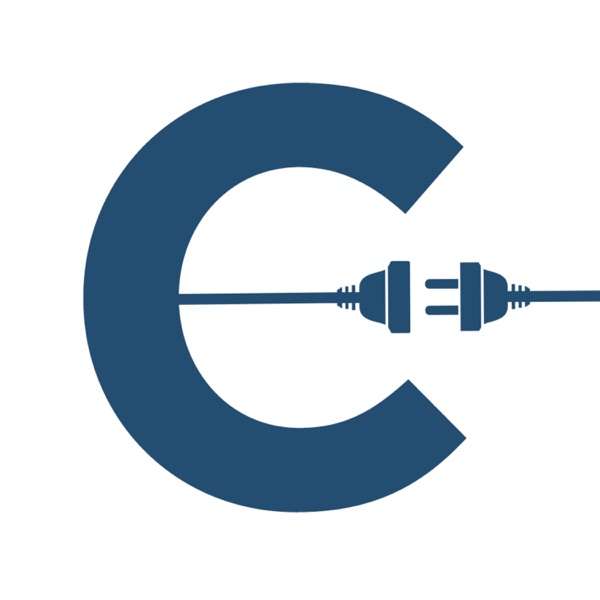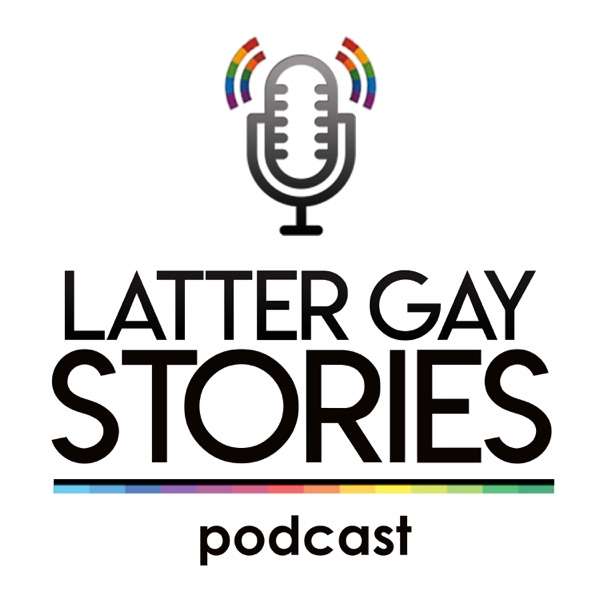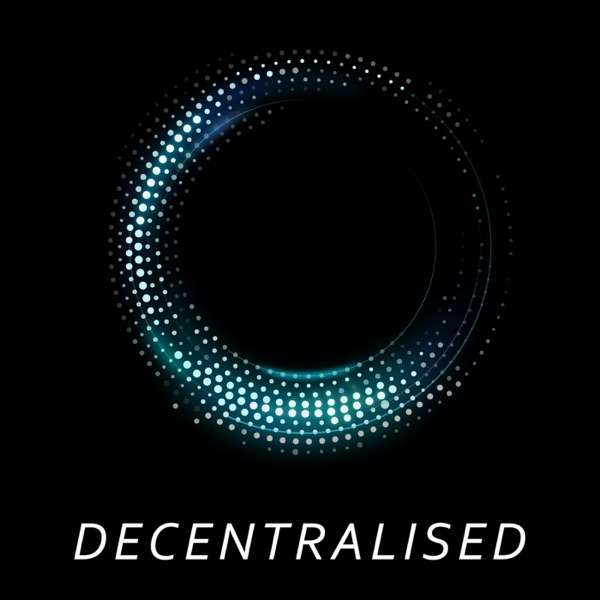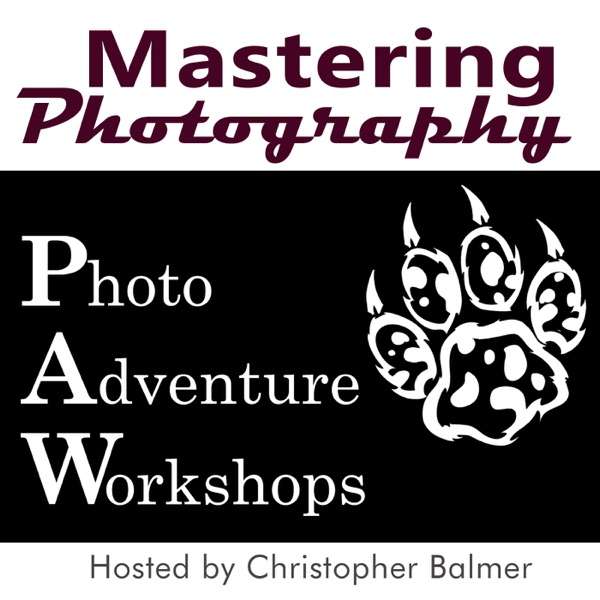Mark (here on LinkedIn) talked at the DMSS 2019 and he is a professional outreacher. His presentation was called Building a lean, mean, lead generating machine with outbound prospecting. And he knows how to help others do it. He is the CRO at TaskDrive.
We have his whole presentation here:
Building a lean, mean, lead generating machine with outbound prospecting from
Mark Colgan
Here is the transcript of the talk we had:
Mark Colgan: HubSpot is the biggest advocate of inbound marketing, yet they spent over 60% of their budget in the first few years on outbound. Really, the answer is that inbound alone doesn't work, and you need to support it with outbound prospecting or outbound marketing.
Intro: This is Time For Marketing. The marketing podcast that will tell you everything you've missed when you didn't attend the marketing conference.
Peter: Hello, and welcome to the Time For Marketing podcast. The podcast that brings you marketing conference speakers from all around the world, and takes their presentations, smoosh it up into five minutes, and you have a small package of knowledge. My name is Peter, and I'll be your podcast host.
If you would like to check out the previous episodes, timeformarketing.com, or you can also subscribe to our newsletter, and of course find all the links to the iTunes Google podcast, Stitcher, and every else places where you can listen, and review, and rate, and do all of the great things that you do with podcasts. Today with me is Mark Colgan. Mark is the chief revenue officer at TaskDrive. Mark, hello, and welcome to the podcast.
Mark: Hey, Peter. Thank you very much for having me. I'm really looking forward to sharing the presentation.
Peter: Thank you for being here. Mark, you are a chief revenue officer. What does that mean?
Mark: Yes, that's a great question to start with. A chief revenue officer has a few different definitions, but in my understanding and interpretation, it's somebody who aligns the different departments within a business in order to achieve revenue. Those departments I look after at TaskDrive are marketing, sales, customer success, and product. I make sure there's no silos, and I make sure that our customer is first in terms of our priority. We do everything we can to increase the quality that the customer has with us, which helps us reduce churn, and also helps us increase new customers through the sales and marketing activities too.
Peter: What is TaskDrive? What are you doing?
Mark: Good question. TaskDrive is a service-based business. Our mission is to help b2b sales and marketing teams focus on high-value activities. We do that by offering an outsourced lead generation and data enrichment service. We help companies build new lists of prospects. We also help them enrich existing datas, then we also help companies that sell into enterprise with their account-based insights to helping them expand their reach and increasing their sales velocity by giving them a detailed view of the stakeholders within the decision making process.
Peter: This was a complicated way to say you help companies with their prospects, with their leads, is that right?
Mark: Yes, but it's not just leads because we help them-- A lot of companies are faced with the fact that they have a lot of data that they've amassed over the last few years which has gone fairly out of date, so we also help them with data enrichment. Yes, one of the use cases is lead generation for prospecting.
Peter: Your presentation comes from the Digital Marketing Skillshare Conference that is organized every year in Bali. You were there this year. How was the conference?
Mark: Yes, it was fantastic. A really great conference. They originally started out with an SEO focus but over the last few years, have broadened that out to other tracks. There's people talking about marketing, pay-per-click advertising, as well as email marketing. I covered the outbound sales and prospecting through the presentation there.
Peter: What was your favorite presentation at Bali? Is there one?
Mark: I personally really enjoyed Mark Webster's presentation. He's from Authority Hacker, and he spoke about building and selling online courses, or online IP, basically, your knowledge as a personal interest of mine. I really enjoyed that talk and got a chance to speak with Mark after the event as well.
Peter: Of course, Mark is a big podcaster in the marketing world. I think we should go directly to the presentation. Mark, you spoke on building a lean mean lead generating machine with outbound prospecting. Here are your five minutes. Tell us what your presentation was about?
Mark: Thank you for having open mic, Peter. This presentation was actually around 50 minutes, so I'm going to do my best to bring everything into 5 minutes. I spoke about outbound prospecting, and throughout the presentation, I covered a number of different sections. I started out with what outbound prospecting is, what the four stages of building a lead generating machine is, how you can then scale that outbound prospecting. Then I gave some bonus tips and additional reading, which are all in the slides for those who are listening.
I'll start with outbound prospecting. It really it's a direct channel where you can identify and target customers and directly reach out to them, and introduce them to your company its products and services. The goal of this is to start a conversation, and it's also to position yourself as a trusted adviser. You're not going to sell- especially in the b2b space, you're not going to sell directly to consumers in a cold email, so you need to remember that.
Also, you need to remember that it's just one lead generation strategy, so you've got search engine optimization, social media events, webinars, side projects. Outbound prospecting just fits into your lead gen strategy. It's not the be-all and end-all. It's part of the sales process. It's the beginning part because once you generate leads, you then need to convert those leads by sales calls, or from demos, or free trials, and close them into paying customers, and then you need to fulfill those needs.
Fulfill those customers and deliver the value that you promised, nurture those customers, and ensure they're successful, and hopefully, they become advocates of your business. Outbound prospecting works for most companies who have achieved product-market fit. They have an average order value of over a thousand dollars per year, and you can also scale the delivery of your service or product. It's really important to distinguish those.
Also, as we approach 2020, there's a couple of things that I believe personally you need to do in order to succeed with the outbound prospecting. These are, you have to come from a attitude of offering value and giving without expecting anything in return. You need to understand the buyer's journey of awareness consideration of the decision, and people within your prospects are going to be at different levels of that journey. Also, only 3% of your market are actively buying at any one time, so that means 97% of people aren't looking to buy right now.
If you're selling and pitching to a hundred people, only 3 are actively looking and 97 aren't. You need to make sure that what you're sending in your messaging is building value, and position yourself as a trusted advisor, and not just sending a sales pitch. For the sake of time, I broke down the lead generation machine into four different steps. I'll just go through those in a bit more detail.
The four steps are planning, research, message, and launch. Planning really comes down to understanding who you're trying to target with your ideal customer profile, as well as the individuals within those companies. Those are your buyer personas. The best way to create these is to look at your existing customers and any sales or prospects in the funnel and just identify what they have in common. What pain points do they share, what characteristic characteristics they share as a company?
You then need to move on to understanding what their pain points are, what problems are they trying to achieve or overcome from a account level as well as a personal level. In their role, what are they trying to overcome? Then you want to split out your ideal customer profiles and buyer personas into different campaigns. That might be via location, by industry, by job titles or seniority. Then you also need to prepare your email for outreach.
One of the most important things to do is not use your main domain to send out these emails because you run the risk of hitting the spam traps, and then blocking your email deliverability in the future. You also need to research, spend a lot of time personalizing the outreach, so you can research on an individual persona. On an account level, make sure that your outreach is personalized, and you can use merge tags for the outreach. You put those things that you find in your research into the emails which builds relevance with the individual, and also it encourages them to reply.
You then need to find those leads. There's a number of places you can look at. LinkedIn, you can go to directories, you got to the podcast, you could use paid databases like-- discover. There are hundreds of different sources for the data, but you'll only be able to know where they are when you've done your ideal customer profile and buyer persona research.
Again, skipping through quite a lot here [chuckles] to try and get it into five minutes. Then we're onto your messaging. Here, you need to understand what your strategy for cadence is. That is, how many touchpoints, how many times are you going to try and attempt to contact people, over which media or channels, what the duration of the outreach is going to be, how much time in-between each of the messages, and what that content is.
There's a number of ways to select media channels. The easiest way is the cheaper or smaller. The shorter the cell cycle is, the less effort you want to put in. The more longer the cell cycle is, and the more expensive your product is. You'll want to use channels such as Direct Mail, personalized video, and personalized experiences because the effort is worth the reward.
Then the final element after you've got the messaging is to-- Sorry, then the messaging comes on to these four elements of the cold email. The subject line whose job it is to get the email opened. An opening sentence, which shows that you've done your research and it's a relevant email or message for the person who's received it to read. The main body, which connects your opening sentence to the value proposition that you offer. Then a call to action. The simplest call to action can be, "Would you be interested in finding out more?"
The last thing you need to think about is the launch. This is where you select the right technology that you can use to send out these emails. The most simple technologies for email outreach where it's just email, you could use outreach.io, Lemlist, Amplemarket, or Reply.io. If you're combining your outreach with other channels, like direct mail, phone calls, and voicemails, you might want to use a tool like SalesLoft or outreach.io.
Once you have that technology in place, you just need to set up your outbound sequence. All of the tools out there will help you do this. What you can typically expect is if you're doing this right, you can get an open rate of 60%. A reply rate of 45%, a conversion rate of 20%. If you're good at closing those deals, you want to be aiming for 50% close one.
Obviously, you want to aim for 100%, but it won't always happen. That really is the key to building a lean mean lead generating machine and how you scale this is that you learn, you iterate, and you repeat. Once you've effectively done this for one fiscal or one campaign, you can launch multiple campaigns at a time and add more leads to the top of the funnel.
Peter: All right. Thank you, Mark. A couple of questions. Outbound versus inbound prospecting. I feel that we're mostly, in the last couple of years talking about inbound. What is the difference and even more important, how should people decide which of those two channels should be more important for them?
Mark: Great question and one that I like to usually back up with a fact which is escaping me right now. HubSpot is the biggest advocate of inbound marketing, yet they spent over 60% of their budget in the first few years on outbound. Really, the answer is that inbound alone doesn't work and you need to support it with outbound prospecting or outbound marketing. That's really key.
I think when it comes to inbound, you're relying on the fact that your content is going to be picked up. You've got the right keywords and you've got the right audience segmentation that they're going to read your content and then convert or contact you. `Whereas what you can do with outbound prospecting is because you know who an ideal customer is, and you know the particular triggers and signals that you look for or you can see when somebody is right for you.
Say for example, one of your buyer personas has started a new role and you offer a product or service that would help that person in their new role. You could actually reach out to them at the time where they're starting a new role with a bit of content or with some value that you can share with them to start the conversation. That you can't really do with inbound because you're not controlling the process, whereas with outbound, you can control the start and the initiation of a conversation.
Peter: All right, you said that outbound is for companies whose customer value per year is around $1,000. How did you come to that number? Why?
Mark: It's a rough rule of thumb. I'm not saying it wouldn't work for customers who have a smaller lifetime value, but the more the better. The reason being is that there's often costs associated from a tools and technology process. Some of these tools can cost 70 or even hundreds of dollars per month, and that's to send the emails out. You need to spend time doing the research. You also need to verify the research and you probably want somebody doing it for you because it may not be the best use of your time as a founder or even as a marketing or sales director.
You've also got to be prepared to play the long game because not everybody converts on the first message. Often you see that sequences have over 30 touchpoints. In addition, because email alone may not work, you might need to include phone calls and voicemails, videos and direct mail. There's just a lot more labor costs in it. If your unit economics don't work out, it may cost you more to acquire a customer than it does if your average order value is low.
Peter: Do you have any tricks to write email subjects?
Mark: Yes. I would say the best subjects are short. They invoke curiosity, you could potentially use humor, definitely personalize with an account name, the company name or the person's first name. Those would be my main tips. Also, I shared in the presentation on the day that the best performing subject line for open rates is, I've got your wife. That will always get a lot of opens,-
[laughter]
Mark: -but you will have a lot of angry and annoyed people because you've tricked them. Never trick, be honest, be sincere. Use humor only if it's right with you and your audience. Some audiences you'll be able to get away with more humor than others.
Peter: I like that idea of not using the main domain for the email outreach, could you briefly speak about that, why and how that works?
Mark: Yes, sure. The best practice really is to pick a domain which isn't your main one. Let's say that your domain is companyname.com. Try and find a domain which is very similar, but it's .io or .co or whatever variation it may be or you might want to say getcompanyname.com. What you want to do is, even if you're doing everything right, you're taking time to research your ideal customer profiles and understand your buyer personas, you really understand their pain point and you have a fantastic product or service that can solve their problem and you're not spamming people and you're sending small volumes out at a time. You've warmed up your domain, you can still get triggered as spam.
You can do everything right, but send the message to somebody on the wrong day and they mark you as spam. Also, if you're not personalizing your outreach and you're taking a very template shotgun approach, you will also be sending the same message out over and over again. That's what the spam filters are looking out for and it reduces your chances of delivering emails in the future.
The main reason why we say to use a spare domain is because whilst you be able to do the right things, you still might be marked as spam on your cold email outreach domain which means that it can affect the deliverability of your main domain if you're not using a separate one. That means that your internal emails to each other, to your team members, may not even be delivered because you've been marked as spam so much. I've seen personally, companies who have really struggled with this in the past.
Peter: All right. One last question, everyone who is from the European Union and you being from the UK, still count. They would ask, of course, how does that work with the privacy laws with GDPR and others?
Mark: What I'd always, first of all, is to say get professional legal advice. This isn't legal advice, but if you can find the email address and it's publicly available and you have legitimate interest to message them, then you should be okay in using their email address to send. Also, you could do the research on LinkedIn and connect with individuals on LinkedIn and not even have to do email for the outbound prospecting. That's what I see some of our European clients doing with the data that they're using. However, the majority of our customers are in the US and not affected with the same privacy laws.
Peter: All right. That was very very interesting and a lot of great info. We will be able to attach your presentation to the podcast notes so that everyone can go into to check out for the whole presentation. Is that right?
Mark: Excellent, yes, that's perfectly fine.
Peter: Excellent. All right, Mark. What are your future conference plans and where can people find you on conferences or where can people contact you online if they would like to talk about everything that you do?
Mark: Great question. We're planning our 2020 conference plans at the moment. There's still a bit TBC. I'll certainly be speaking on more podcasts and online summits, but if you'd like to speak to me in the meantime, the best place to find me is on LinkedIn, where you can search for Mark Colgan, that's C-O-L-G-A-N or you can email me at mark@taskdrive.com.
Peter: All right, and I will, of course, add all of those links to the show notes so if you're listening to just open your podcast app and find all of the links to Mark. Mark, thank you again for being on the podcast. Have a great day enjoying the sun and hope to see you around.
Mark: Thank you very much, Peter. It's been great. Thank you.
Peter: Bye-bye.

 Our TOPPODCAST Picks
Our TOPPODCAST Picks  Stay Connected
Stay Connected







